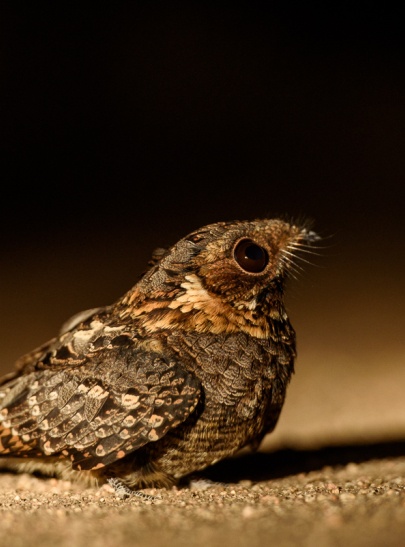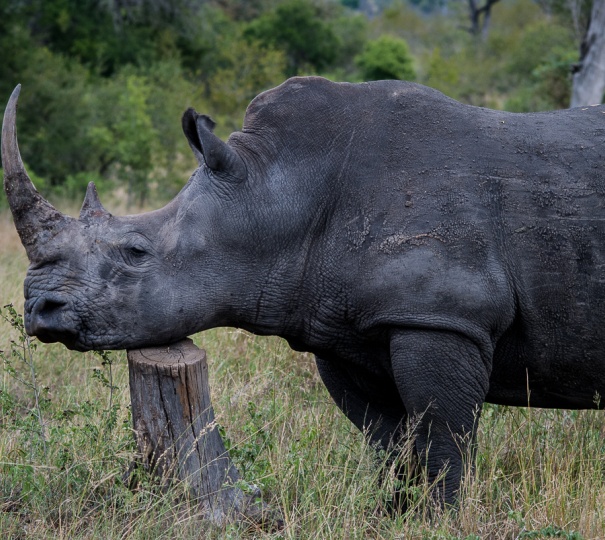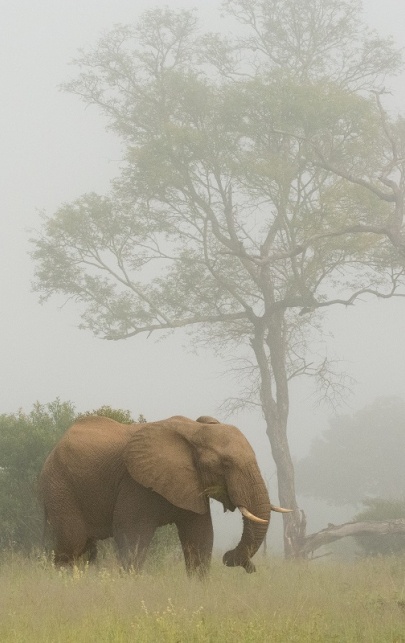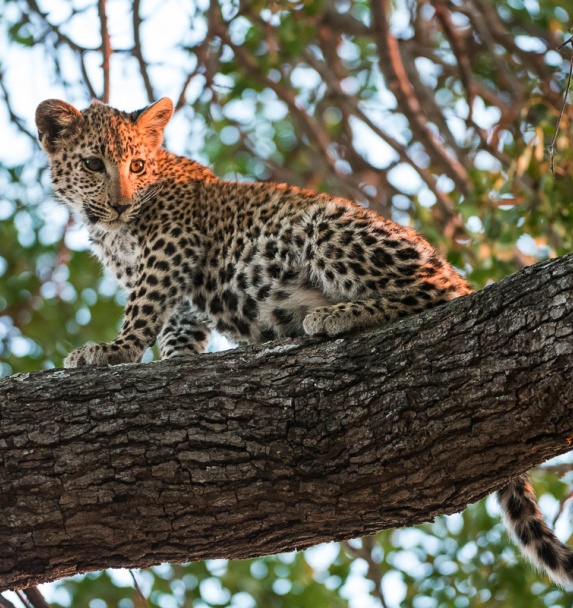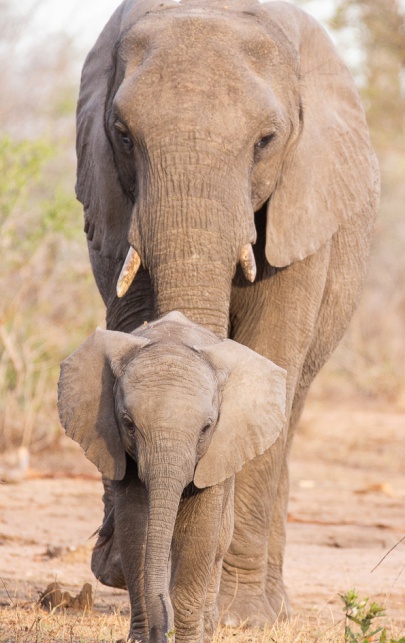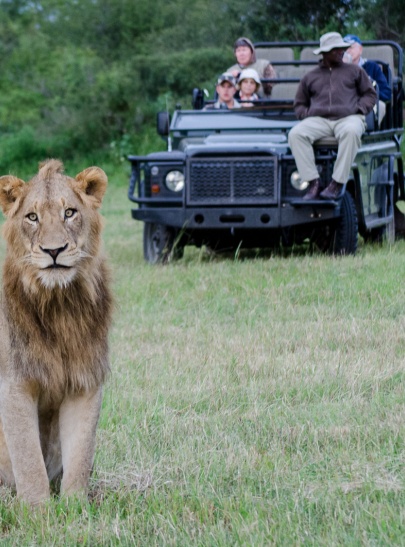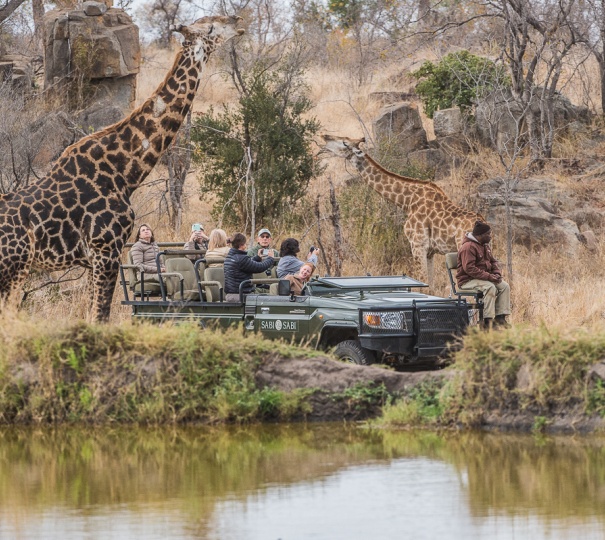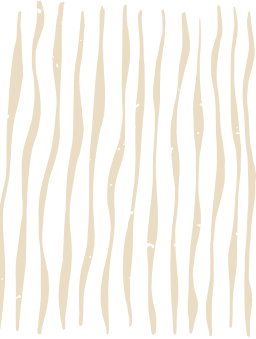

Conservation at Sabi Sabi
Safeguarding the future
By sharing our respect and love for the wilderness with our guests, staff and members of our neighbouring communities, we believe that we can work together to conserve our piece of African paradise so that it can be enjoyed by many generations to come.
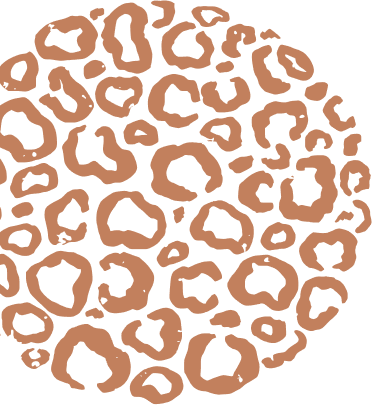

A holistic approach to conservation
Our conservation philosophy is based on two principles. The first is to conserve the rapidly dwindling wilderness areas and the second is that the business must link tourism with conservation and the community.
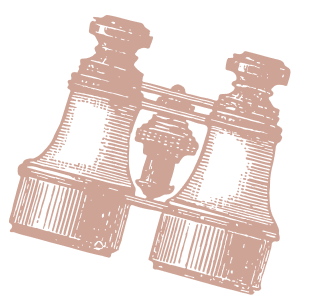

Defending our animals from harm
Anti-poaching is vital to conservation and ecotourism. By preventing poaching, we prevent animals from building animosity towards humans and promote mutual respect and comfort, which results in rewarding sightings for our guests.
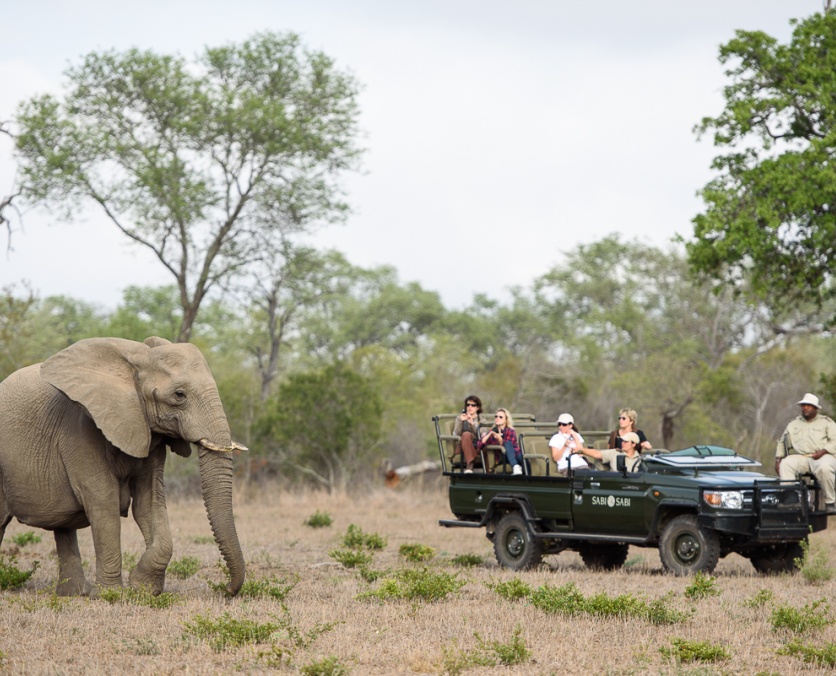
Responsible guiding and safari practices
Quality guiding plays a critical role in conservation. Our guides undergo a strict selection and training process that is unique to our reserve. This includes animal and plant identification, the principles of ecology and guest etiquette. We view our rangers as environmental educators who share their knowledge to deepen our guests’ appreciation for nature and highlight the importance of conservation.
We also follow ethical safari practices and strict rules on safari. We always place the animal’s needs first by limiting the number of vehicles per sighting, by leaving a mother with her young undisturbed and providing space should an animal shows signs of discomfort. By treating animals with respect we gain their trust, which translates into rewarding intimate sightings.
An integrated approach to habitat management
Sabi Sabi Private Game Reserve is home to a myriad of microhabitats, which in turn support unique fauna and flora species. By protecting and carefully managing these habitats, we are making the reserve an appealing home for wildlife.
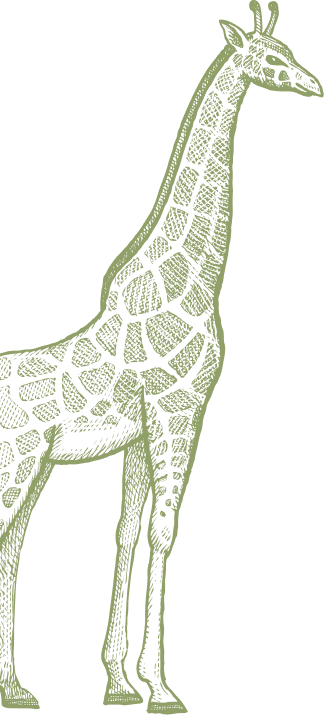

Our rich natural heritage
Predator or prey, great or small, we strive to protect all
living creatures.
